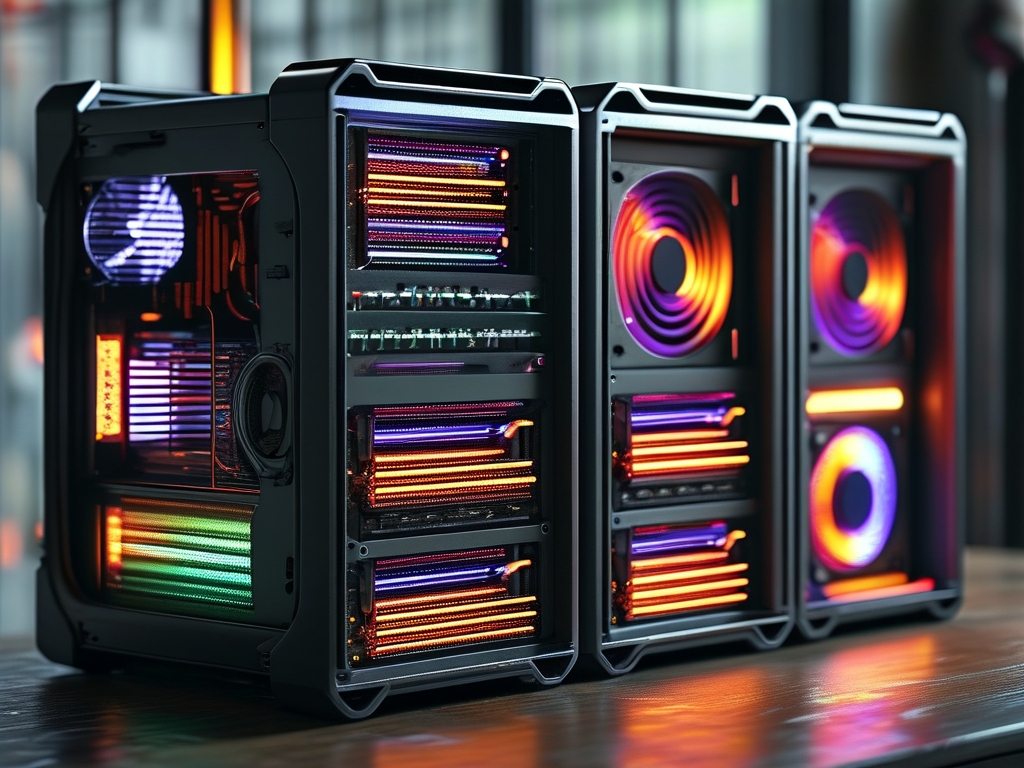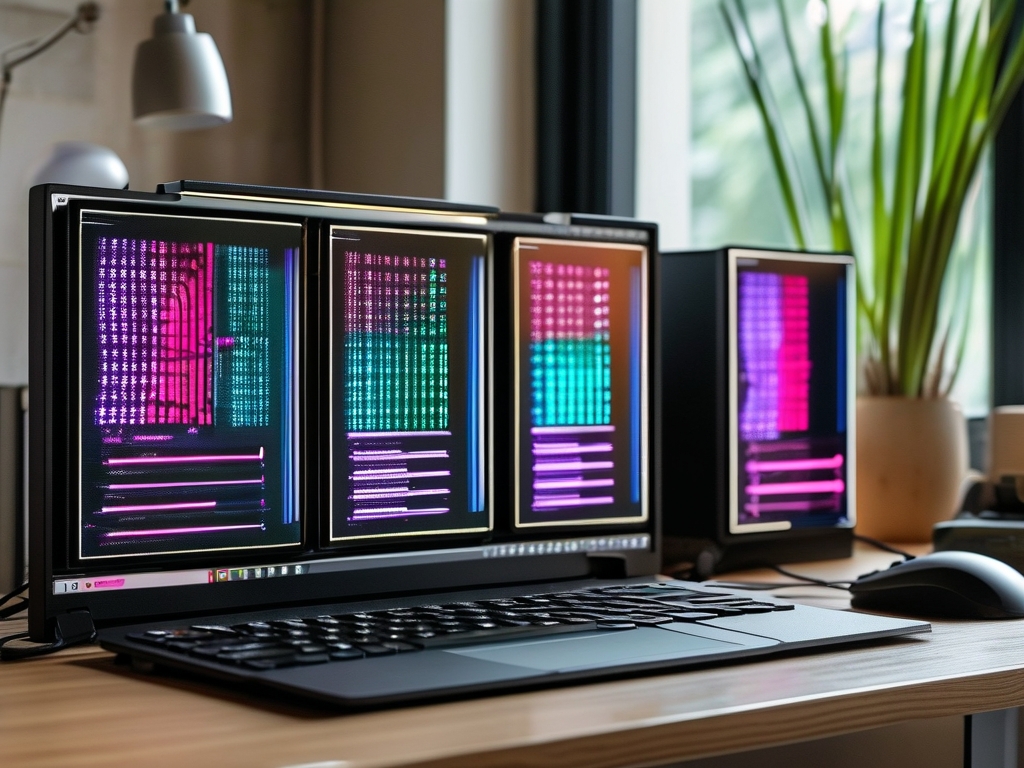The intersection of robotics and embedded systems has always been a topic of debate among engineers and developers. One recurring question is whether the development of Autonomous Mobile Robots (AMRs) falls under the umbrella of embedded systems. To answer this, we must first define both concepts, explore their technical overlaps, and analyze real-world applications.
Defining Embedded Systems
Embedded systems are specialized computing systems designed to perform dedicated functions within larger mechanical or electrical systems. They typically operate under strict resource constraints (e.g., limited memory, processing power, or energy) and prioritize reliability, real-time performance, and efficiency. Examples include microcontrollers in automotive control units, IoT devices, and industrial automation equipment. Key characteristics include:
- Task-specific design: Optimized for a narrow set of functions.
- Real-time operation: Often requiring deterministic responses.
- Low-level hardware interaction: Direct control of sensors, actuators, or communication protocols.
Understanding AMR Development
Autonomous Mobile Robots (AMRs) are self-guided machines capable of navigating dynamic environments without human intervention. They rely on sensors (LiDAR, cameras, IMUs), algorithms (SLAM, path planning), and actuators (motors, wheels) to perform tasks like warehouse logistics, delivery, or inspection. AMR development involves:

- Hardware integration: Combining sensors, processors, and mechanical components.
- Software stacks: Implementing perception, decision-making, and control systems.
- System optimization: Balancing computational load, power consumption, and performance.
Overlaps Between AMR Development and Embedded Systems
1. Hardware-Centric Design
AMRs require custom hardware setups where embedded systems play a critical role. Microcontrollers (e.g., STM32, Arduino) or System-on-Module (SoM) devices like NVIDIA Jetson are often used to manage low-level tasks such as motor control, sensor data acquisition, or power management. These components align with traditional embedded system principles, emphasizing direct hardware manipulation and resource efficiency.
2. Real-Time Constraints
AMRs must process sensor data and execute movements within milliseconds to avoid collisions or operational delays. This necessitates real-time operating systems (RTOS) or bare-metal programming—hallmarks of embedded systems. For example, a motor controller in an AMR might use FreeRTOS to ensure timely PWM signal generation.
3. Power and Resource Management
Like embedded devices, AMRs often operate on battery power, demanding careful energy optimization. Developers employ techniques such as sleep modes, dynamic voltage scaling, or selective sensor activation—strategies borrowed from embedded system design.
Divergences: Where AMR Development Differs
While there are overlaps, AMR development also extends beyond traditional embedded systems:
- High-Level Computing: Modern AMRs increasingly rely on GPUs or AI accelerators for tasks like object recognition or neural network inference, which demand more computational power than typical embedded setups.
- Software Complexity: AMRs integrate middleware frameworks (ROS/ROS2), machine learning libraries, and cloud connectivity—layers of abstraction uncommon in conventional embedded projects.
- Scalability Requirements: Industrial AMRs often operate in fleets, requiring network coordination and over-the-air updates, introducing challenges atypical to standalone embedded systems.
Industry Perspectives
Interviews with robotics engineers reveal mixed opinions. Some argue that AMR development is inherently embedded due to its reliance on microcontrollers and real-time constraints. Others emphasize the growing role of high-level software and AI, positioning AMRs as a hybrid domain. For instance, while motor control might qualify as embedded work, developing a ROS-based navigation stack aligns more with general software engineering.
Case Study: Warehouse AMR
Consider a warehouse AMR designed for inventory management:
- Embedded Layer: An STM32 microcontroller handles motor drivers and ultrasonic sensors.
- Middle Layer: A Raspberry Pi runs ROS nodes for SLAM and path planning.
- Cloud Layer: Fleet management via AWS IoT.
This layered architecture highlights how embedded and non-embedded systems coexist in AMRs.
AMR development undeniably incorporates embedded system principles, particularly in hardware interfacing, real-time processing, and resource management. However, its reliance on advanced algorithms, scalable software, and heterogeneous computing blurs traditional boundaries. Rather than a binary classification, AMR development exists on a spectrum where embedded systems form the foundation, but higher-level innovations drive its evolution. As robotics continues to advance, the line between embedded and general-purpose computing will likely grow even fainter.










